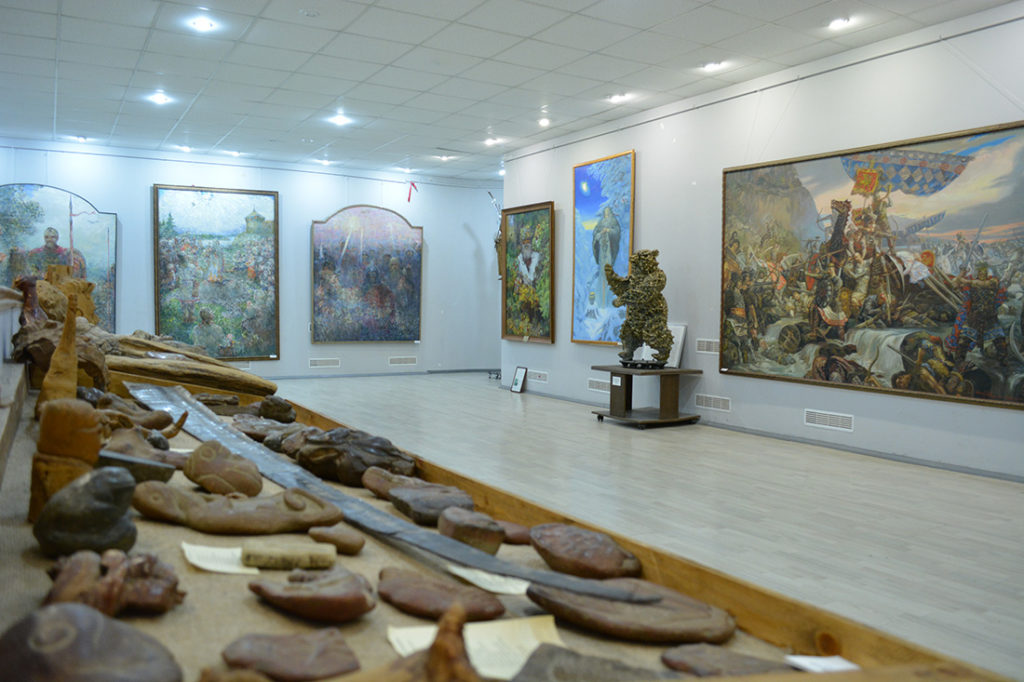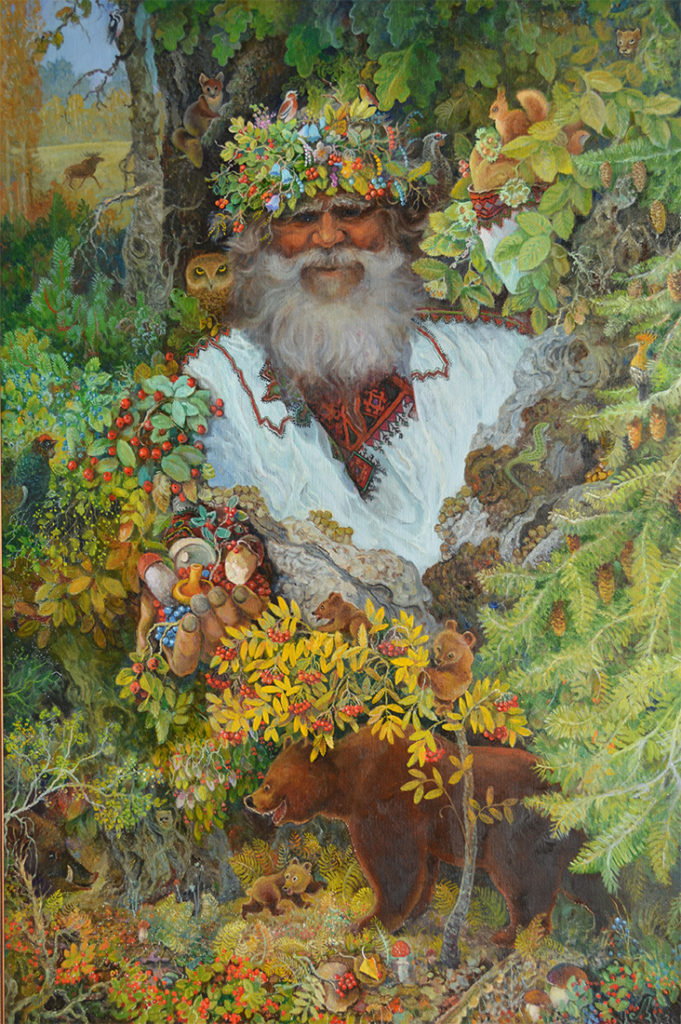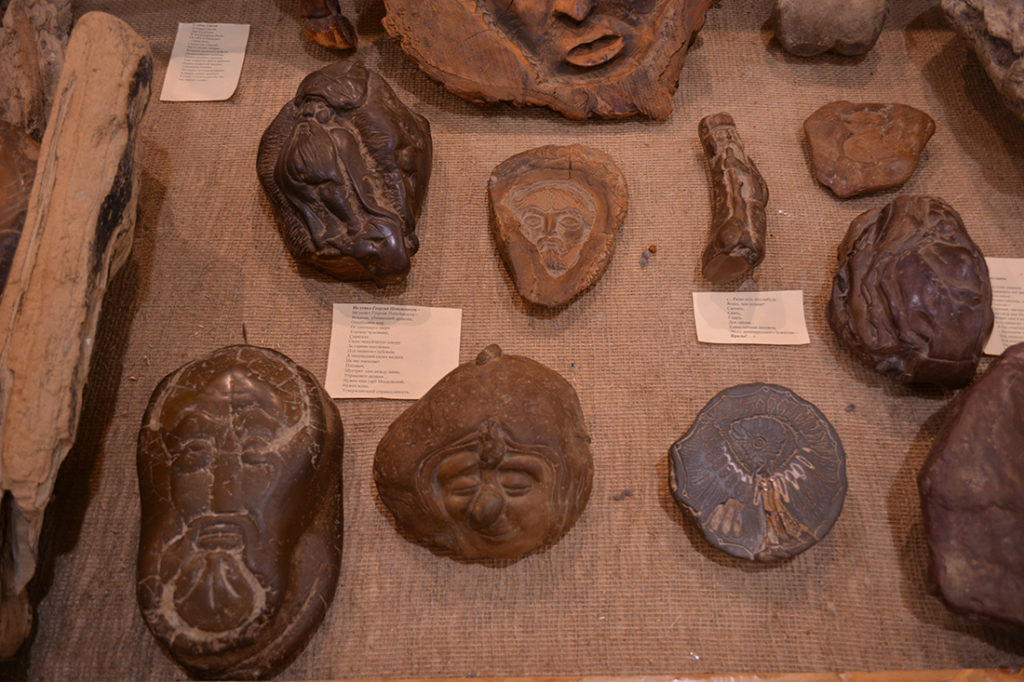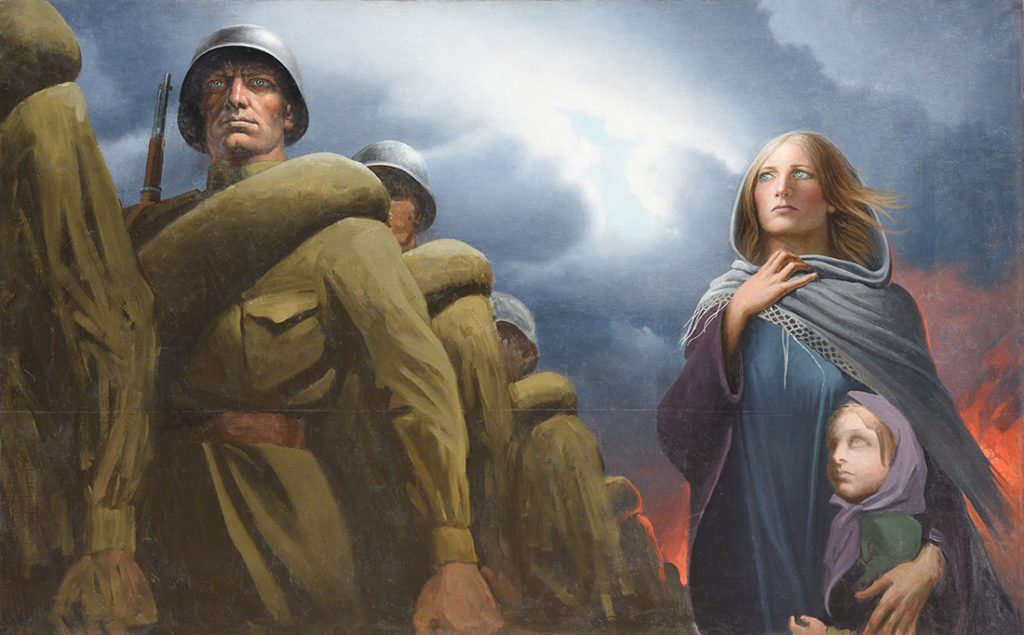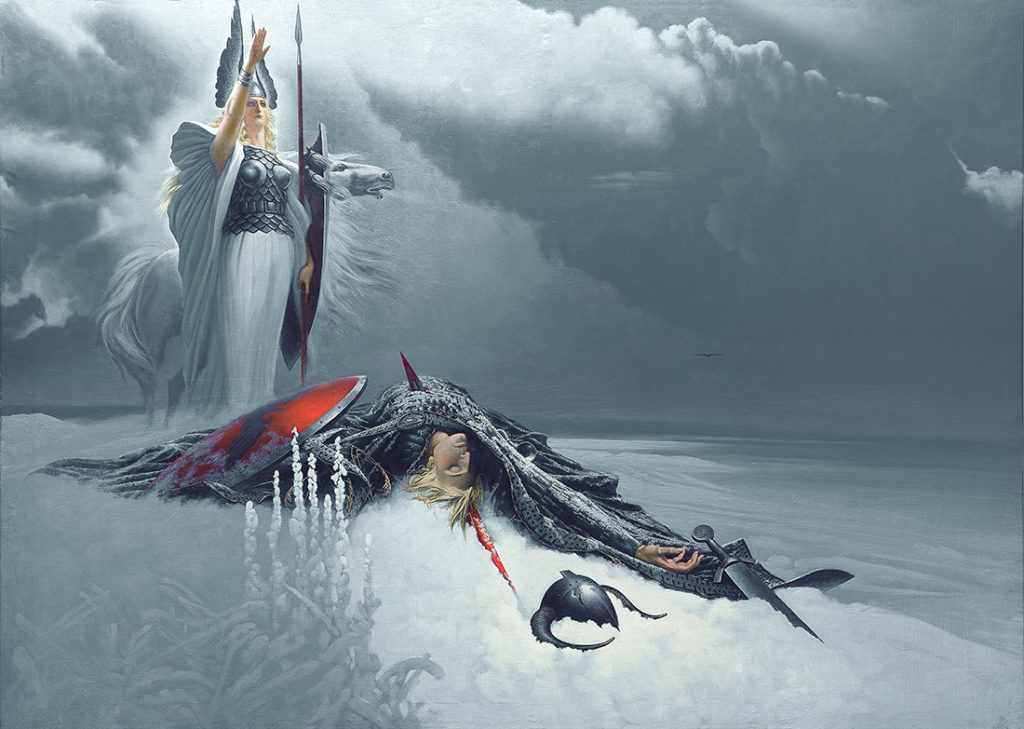The Slavic Culture named after K. Vasiliev
Moscow
Contact information
Operating hours
Tue – Sun: 11:00 – 19:00
Mon: day off
Ticket price
Adult – 200 rubles
Discount – 100 rubles
Excursions (from 10 people) – 2000 rub
The museum founder
Anatoly Ivanovich Doronin
Founded
2012
In 1988, war journalist Anatoly Doronin, who held traveling exhibitions of the artist Konstantin Vasiliev on his own initiative for 10 years, having left the army, created a public organization, the Painting Lovers Club of K. Vasiliev. On November 10, 1988 the ruined old mansion in the Lianozovo region was transferred to the balance sheet of this public organization by the decision of the Moscow Council Executive Committee No. 2399.
For ten years, the enthusiasts restored the building on their own and at their own expense, and in 1998 opened the artist Konstantin Vasiliev creative heritage Museum.
However, after another raider attack on the museum in 2009, with the arson of the building, the bulk of the artist’s paintings were transferred to the Kazan Municipal Museum. In the Moscow Slavic Culture Museum named after Konstantin Vasilyev, as it is now called after the building reconstruction, along with part of the works of K. Vasilyev the paintings of other outstanding artists who have dedicated their work to the Slavic world are presented.
The museum has six large canvases by Andrei Leonidovich Klimenko, an artist who has received international recognition. The main theme of the Andrei Klimenko work is vedic Russia, epic Russia. The last battle of Svyatoslav painting by A. Klimenko is sure to attract the visitors’ attention.
People’s Artist of Russia Zosim Fedorovich Lavrentiev is represented in the museum with just one painting, The Forest Spirit (Forester), oil on canvas, 2016.
Peter Mikhailovich Mikhailov, a St. Petersburg artist and poet presented a series of eight paintings for the museum under the motto: Rurik. Call of the ancestors.
Victor Anatolievich Korolkov (1958-2004). The main theme of this artist’s work is the fabulous and epic images of our distant ancestors. He created a cycle of highly artistic works based on the works of A. S. Pushkin, N. V. Gogol, and other geniuses of Russian literature. The museum presents a series of 25 works by the artist based on the stories of N. V. Gogol: The Night Before Christmas, and The May Night.
Alexander Mikhailovich Sinyakin donated 14 of his paintings to the museum. Despite his youth (born in 1984), he knows the mythology of the Slavs perfectly and boldly creates all kinds of fairy-tale and mythological images. It is impossible to look at his creations of Vodyanoy, Domovoy, Baba Yaga, and other characters without a good smile.
Victor Mikhailovich Goncharov (1920-2001) was an artist, poet, sculptor.
The museum presents a collection of works under the motto “Listening to the stones.”
This is a unique exhibition of minerals, or rather, works of art born into stone. Visitors are allowed to pick up these miracle stones in order to feel their living flesh.
The museum also presents a rich exposition of household items and art. Slavs, living thousands of years on the Eurasian continent expanses, invariably filled their lives with beauty. Here one can find painted spinning wheels, towels, earthenware and birch bark dishes, old gusli, flutes, zhaleykas, and gudoks. Among the musical exhibits, Russian harmonies stand out in number and variety.
But, as before, the core of the Museum, its symbolic center, remains the works of Konstantin Vasiliev, despite the fact that a few of the artist’s works are genuine: a large canvas The Valkyrie over the Siegfried Slain, and fourteen graphic works and sketches.
